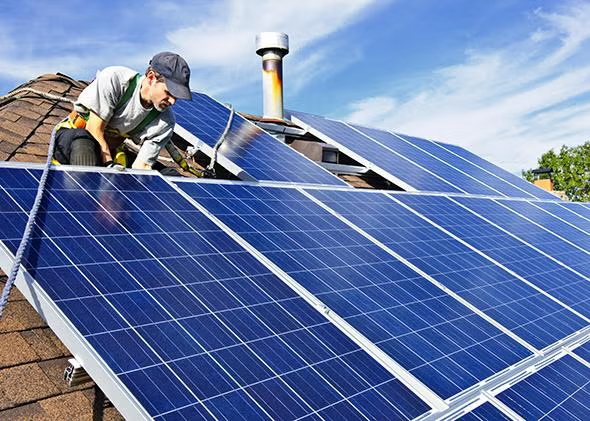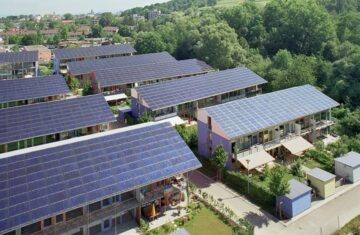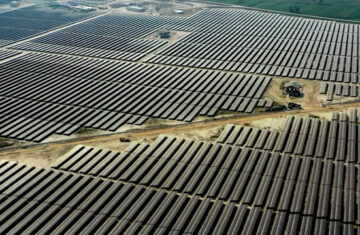On April 29, industry sources reported that the U.S. Department of Commerce has enacted significant anti-dumping and countervailing duties on solar cells and panels imported from four Southeast Asian countries: Malaysia, Cambodia, Thailand, and Vietnam. The anti-dumping duties range from 6.10% to a staggering 271.28%, while countervailing duties fluctuate between 14.64% and 3,403.96%, depending on the specific country and manufacturer involved.
This latest move is expected to heavily impact Chinese companies such as Trina Solar and Jinko Solar. These firms have been manufacturing solar products in Southeast Asia and exporting them to the U.S., which relied on these four countries for an astonishing 94.4% of its solar cell imports in 2024. The imposition of these tariffs could lead to increased costs for solar products, potentially affecting the U.S. solar market’s growth trajectory.
Conversely, the tariffs are likely to create opportunities for Korean solar panel manufacturers with production facilities in the U.S. Hanwha Solutions is constructing a Solar Hub in Georgia, an integrated manufacturing facility expected to be completed in the latter half of 2025, with an investment of around 3 trillion won (approximately $2.5 billion). Similarly, OCI Holdings, which operates a solar module plant in the U.S., plans to invest an additional $265 million to begin producing solar cells in Texas starting in early 2026.
The outlook for Korean companies in the energy storage system (ESS) industry also looks promising. Following the Trump administration’s imposition of tariffs of up to 145% on Chinese ESS products, Korean manufacturers are strengthening their presence in the U.S. market. LG Energy Solution plans to start producing lithium iron phosphate (LFP) batteries for ESS in Michigan by late 2025, while Samsung SDI is aiming to commence local production of ESS batteries in the U.S. by 2027.
Sejong University Business Professor Kim Dae-jong commented, “Korean ESS companies possess the technological capabilities needed to swiftly replace Chinese products in the market.” This insight underscores the shifting dynamics in the energy storage sector, which has been largely dominated by Chinese firms, controlling 87% of the North American ESS battery market as of 2024.

In addition to solar and energy storage, the wind power sector is also experiencing growth. LS Cable & System plans to start producing submarine cables for wind energy generation at its Virginia facility by 2028. Meanwhile, CS Wind, which acquired a plant in Colorado for over $200 million in 2021, is already manufacturing wind power towers.
The recent tariffs imposed by the U.S. Department of Commerce on solar imports from Southeast Asia are set to reshape the landscape of the solar market. While Chinese manufacturers face significant challenges, Korean companies are positioned to capitalize on this shift, potentially strengthening their foothold in the U.S. renewable energy sector. As these developments unfold, the focus on domestic production and technological advancements will play a crucial role in the future of solar and energy storage in the United States.



